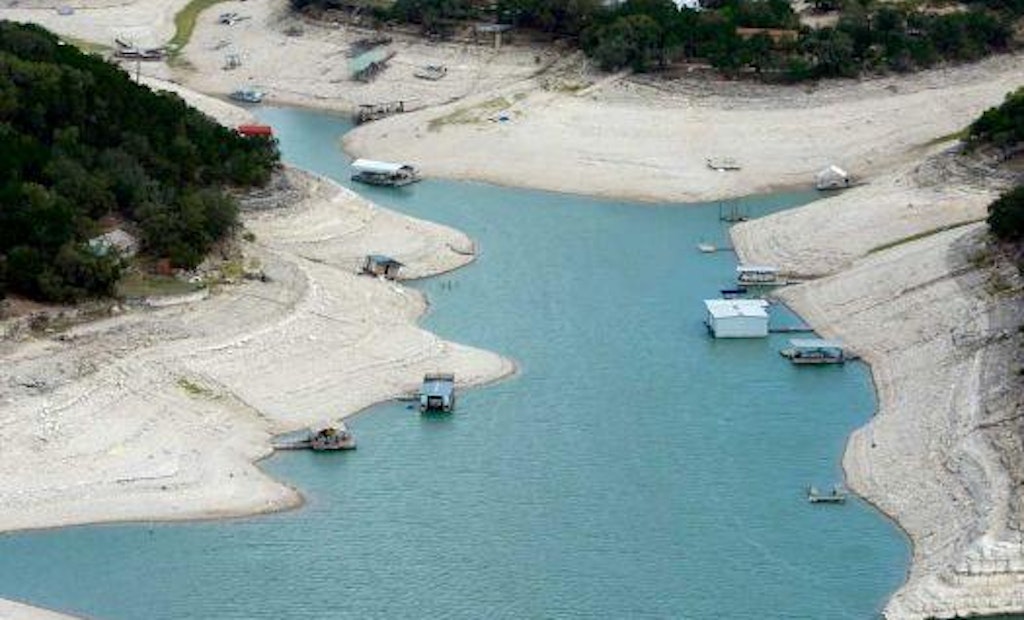
Interested in Stormwater?
Get Stormwater articles, news and videos right in your inbox! Sign up now.
Stormwater + Get AlertsWhile California is in the midst of one of its worst droughts ever, the State of Texas is finally emerging from its own water crisis.
On May 12, the U.S. Drought Monitor removed Texas from its “exceptional drought” category for the first time since 2012 after heavy rains drenched the state. The U.S. Drought Monitor has five levels of drought with “exceptional drought” being its most severe. Some parts of Texas have battled drought conditions since 2011.
Heavy rains hit parts of the state earlier this month, which has led to flooding in places like Fort Worth. Some areas, such as Houston, received as much as 10 inches of rain, and a storm on May 9 dumped 5 inches on Granbury, causing a massive sinkhole that swallowed a lift station. Despite these issues, there is optimism in the long-range forecast as water reserves are slowly replenished.
“We’re seeing welcome improvements in places like Wichita Falls,” where lake levels are almost twice what they were a month ago, says Dr. Robert Mace, deputy executive administrator of water science and conservation at the Texas Water Development Board. “Mineral Wells had been struggling, but ... (Lake Palo Pinto) is 100 percent full and Waco’s reservoir is full as well,” he told The Dallas Morning News.
Lake Arrowhead in Wichita Falls rose 10 feet over a period of 10 days earlier this month thanks to all the rain.
“Wichita Falls has been one of the areas that’s been hit the worst with this drought over the last few years,” Daniel Huckaby, a meteorologist with the National Weather Service in Fort Worth, told KERA News. “But just in the last few weeks, they’ve nearly doubled their water stores.”
Despite the recent heavy rain, some parts of the state are still labeled abnormally dry, mainly small pockets west of Austin and Wichita Falls and in the Texas panhandle. In other areas that saw a lot of rain, there is still catching up to do.
Further south, in the San Antonio area, aquifers are still below normal and Medina Lake is only at 4 percent capacity. With that in mind, San Antonio Water System officials are maintaining their Stage Two restrictions on water usage, which allows landscape watering with an irrigation or sprinkling system only one day a week, depending on the homeowner’s address. Hand watering is allowed any day of the week, according to information posted on the agency’s website.
Texas’ rainy weather pattern could be the norm for a while. The U.S. Climate Prediction Center reported earlier this month that the El Niño weather pattern would likely stick around through the summer and maybe even the rest of the year.
“That could lead to wetter-than-normal conditions for Texas this summer, because El Niño’s greatest impact is typically on our rainfall,” Mace told the Morning News. “So it can have an impact. But the other side of that is summer tends to be our dry season, so if you’re adding a little more rainfall during a drier season, the impacts aren’t as evident.”
To read more about how one Texas water utility has managed to stay ahead of the drought, check out the profile on the Tarrant Regional Water District in the May issue of Municipal Sewer & Water.





